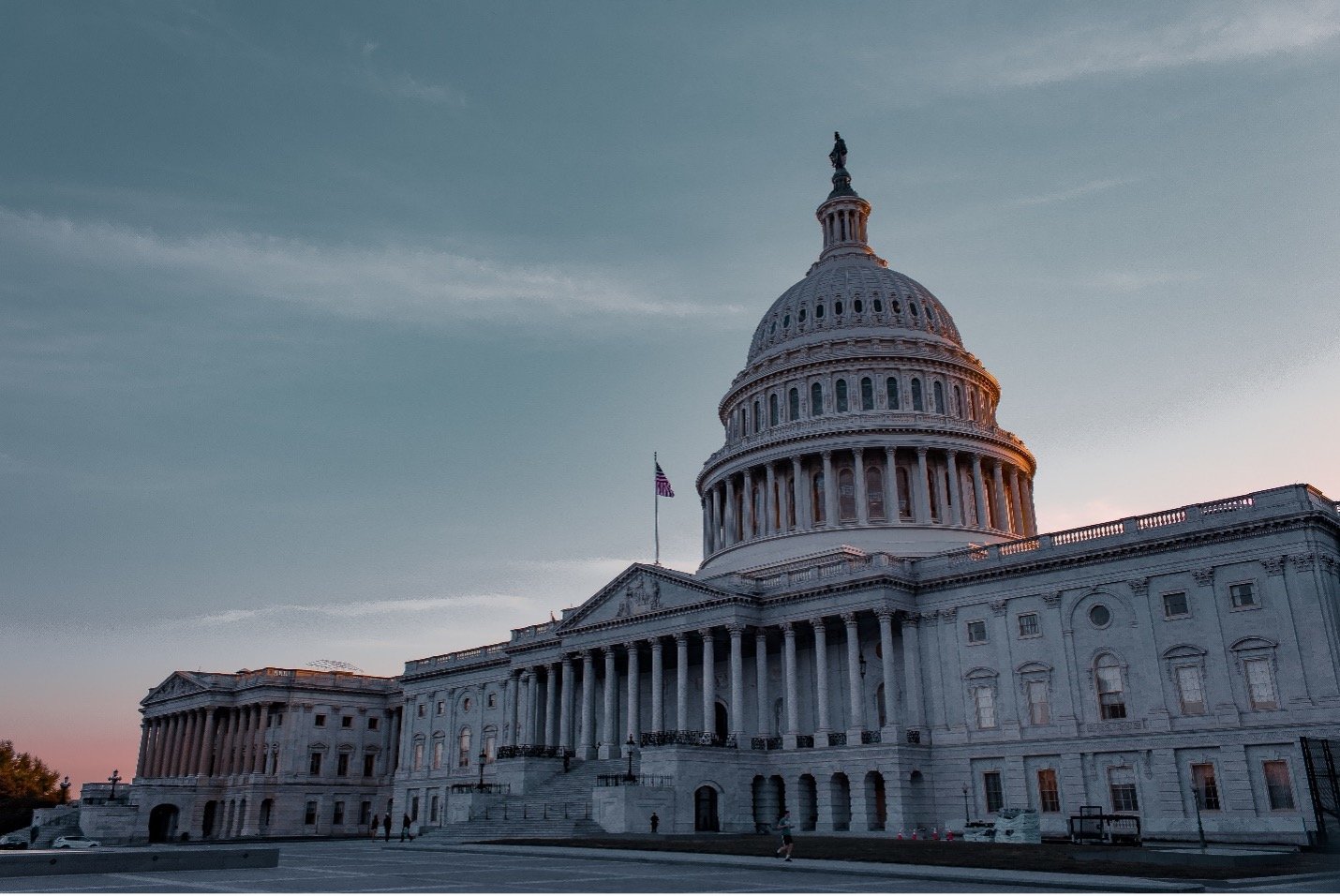New Buy American Act Requirements in Effect - Increase in Domestic Content Threshold

Key Details: On March 7, the Department of Defense (DoD), General Services Administration (GSA), and the National Aeronautics and Space Administration (NASA) issued a final rule to implement Executive Order (EO) 14005. This EO, titled “Ensuring the Future is Made in All of America by All of America’s Workers”, sought to support greater domestic production. As this final rule was effective October 25, 2022, government contractors are encouraged to thoroughly understand the updated domestic content thresholds to remain both compliant and competitive on future contract awards.
What is the Purpose of EO 14005?
EO 14005 launched an initiative to strengthen federal procurement and American manufacturing. The GSA outlined 3 goals of the EO:
- To help American businesses compete in strategic industries and ensure that America’s workers thrive.
- To maximize the government’s use of goods, products, and materials produced in, and services offered in, the U.S.
- To strengthen applicable Made in America provisions in the Federal Acquisition Regulation (FAR).
The Made in America Office (MIAO) is the responsible office that oversees and administers the domestic preference requirements in federal procurements. Government contractors are encouraged to review the MIAO website as it provides a centralized database of proposed waivers.
What is the Final Rule?
The final rule increased the domestic content threshold from 55% to 60%. This is set to increase to 65% in the calendar year 2024, and to 75% in the calendar year 2029. The increase to 75% in the calendar year 2029 aligns with the Infrastructure Investment and Jobs Act (IIJA) which was enacted in November 2021.
Federal contractors should note that they must comply with the domestic content threshold increases if they are awarded a contract with a period of performance that spans the increase. The Government also provided a fallback threshold to aid contractors with the transition. This rule allows, until one year after the increase of the threshold to 75%, the use of the 55% threshold in instances where an agency has determined that there are no end products or construction materials that meet the new threshold requirements. This also applies to products that may come at an unreasonable cost.
Who Does the Final Rule Apply To?
This final rule applies to federal contractors who supply end products and construction materials in support of a federal contract. As such, the Buy American Act (BAA) is incorporated in almost all federal contracts over $10,000 where the contractor supplies tangible items. Prime contractors should note that all BAA requirements must be flowed down to subcontractors or suppliers who also provide tangible items. Furthermore, the BAA applies to non-federal contracts where federal money is involved such as state or regional transportation projects or federally funded grant projects.
Businesses are encouraged to perform a thorough review of current and future contracts and to create a contract matrix to visualize which contracts fall under the BAA. Furthermore, businesses are encouraged to perform an internal review and forecast the potential impact of an increase in the domestic content threshold as noncompliance constitutes a breach of contract.
Enhanced Price Preference for Critical Products and Components
The rule provides a framework whereby higher price preferences are applied to end products and construction materials deemed critical or made up of critical components. Government contractors are encouraged to track the subsequent rulemaking that will establish a list at FAR 25.105 of critical items and components. This also includes enhanced price preferences.Definition of Supplies and Domestic Construction Materials Under the Buy American Statute
FAR Part 25.101 and 25.201 provides a two-part test to define supplies and domestic construction materials under the Buy American statute.
Part 1: The article must be manufactured in the U.S.
Part 2:
- For construction materials that consist wholly or predominantly of iron or steel or a combination of both, the cost of foreign iron and steel must constitute less than 5% of the cost of all the components used in such construction material.
- Except for construction material that consists wholly or predominantly of iron or steel or a combination of both, the cost of domestic components must exceed 60% of the cost of all the components. The rule also notes that this percentage is increased to 65% for items delivered in the calendar year 2024 through 2028 and to 75% for the calendar year 2029.
To remain BAA compliant, contractors must provide a domestic end product that is manufactured in the U.S. or is a product of the U.S. Aside from the cost of components test, contractors may also satisfy the BAA through the Commercially-Available-Off-the-Shelf item test.
Other Tests Contractors can Apply to Satisfy BAA Requirements and how to Determine Compliance
Contractors providing manufactured items must meet one of the three tests to remain compliant:
- Cost of components test (domestic content threshold) must be made up of at least 60% domestic components. This is part two of the two-part test noted above.
- Commercially-Available-Off-the-Shelf (COTS) item test.
- Wholly or predominantly iron or steel test where 95% must be domestic. This is part two of the two-part test noted above.
Test #1: Businesses aiming to satisfy the cost of components test are encouraged to perform the following steps:
- Determine the end product that you are supplying to the government.
- Determine the components of the end product and if they are domestic or foreign.
- Determine the total cost of all the components (including manufacturing and overhead costs) and calculate the percentage of domestic components.
Test #2: Businesses aiming to satisfy the COTS item test are encouraged to perform the following steps to ensure compliance:
- Determine if you are supplying a commercial product and if this product is sold in large quantities in the commercial marketplace.
- Ensure that this product is offered to the government without modification and is in the same form as is sold in the marketplace.
Test #3: Businesses aiming to satisfy the wholly or predominantly iron or steel test are encouraged to perform the following steps:
- Determine if your item is made up of 50% or more iron or steel (or both).
- Run the cost of components test where 95% of the components must be domestic iron or steel.
Buy American Act Exceptions
The BAA does not apply to service contracts, contracts that are less than $10,000, or contracts that are performed outside of the U.S. Furthermore, contracting officers may provide a specific exception where a foreign end product may be supplied if:
- The foreign end product is consistent with the U.S. interests.
- The product is not available domestically in reasonable quantities or prices.
- A foreign product is purchased for commissary resale.
- The product is a form of information technology that is commercial in nature.
Businesses aiming to apply these exceptions are encouraged to gather the necessary supporting documentation ahead of contacting a contracting officer.
Conclusion and Action Items
The increase in the domestic content threshold likely impacts a large portion of contractors. As such, businesses are encouraged to take the following actions to remain compliant:
- Carefully review and understand the requirements under the BAA.
- Analyze existing contracts with your lawyer to determine if the BAA is applicable.
- Check contract clauses and your NAICS (North American Industry Classification System) code to determine if you are providing supplies or construction materials.
- Perform a self-evaluation to test compliance.
- Maintain records and calculations relating to your domestic content threshold compliance.
- Communicate with your subcontractors and gain certifications from them regarding BAA compliance due to flow-down requirements.
- Fully review the rule relating to the increased domestic content threshold and the exceptions provided.
- Determine if your product offerings qualify for any exceptions and gather the supporting documentation for evidence.
- Meet with your finance team to discuss the impact of the increased threshold.
- Maintain records inside your accounting system that can be easily accessed when additional documentation is required.
For further information and expertise, contact Ryan & Wetmore today.
Today’s Thought Leaders

About Peter Ryan
Partner, Co-founder, & CPA
Peter T. Ryan co-founded Ryan & Wetmore in 1988 with business partner Michael J. Wetmore. Peter provides clients with the best strategies for success. His expertise extends across various industries. Peter obtained a Master of Business Administration in Finance from the University of Baltimore and a Bachelor of Arts in Accounting from the Catholic University of America.

About Rosie Cheng
Finance Consultant
Rosie Cheng is a Finance Consultant at Ryan & Wetmore. She focuses on government contracting services and produces many of the firm’s government contracting newsletters. Rosie graduated from Georgetown University with a Master of Science in Management and from William and Mary with a Bachelor of Business Administration.


